talkingfashion
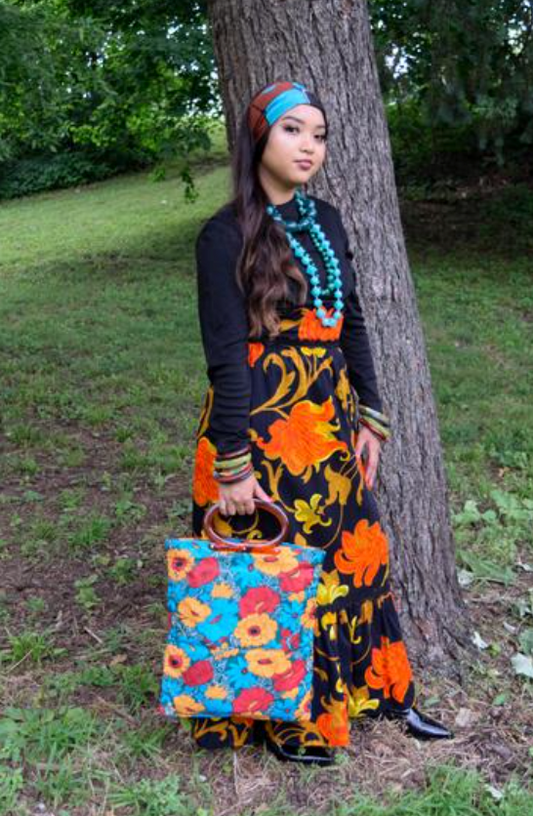
Floral Patterns Bloom in Fashion
Floral Patterns Bloom in Fashion By Paige McKirahan From Dia de los Muertos style to spring classics, florals have always been one of fashion's most beloved patterns. In jewelry...
Floral Patterns Bloom in Fashion
Floral Patterns Bloom in Fashion By Paige McKirahan From Dia de los Muertos style to spring classics, florals have always been one of fashion's most beloved patterns. In jewelry...
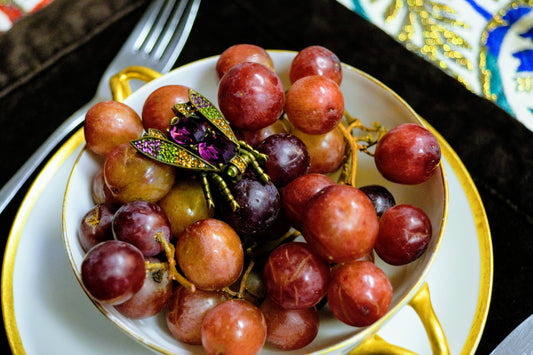
Creeping Into the World of Jewelry: The History...
Creeping Into the World of Jewelry: The History of Insect Motifs By Paige McKirahan Over time, we have observed designers and innovators create pieces of art and fashion that reflect...
Creeping Into the World of Jewelry: The History...
Creeping Into the World of Jewelry: The History of Insect Motifs By Paige McKirahan Over time, we have observed designers and innovators create pieces of art and fashion that reflect...
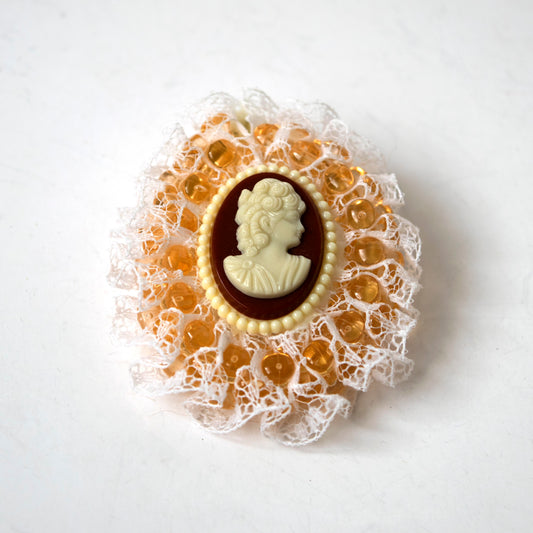
Cameo Jewelry’s Fine-Carved History
Cameo Jewelry's Fine-Carved History By Paige McKirahan When looking for accessories that seem to be tiptoeing the fine line between art and fashion, there is one piece that is sure...
Cameo Jewelry’s Fine-Carved History
Cameo Jewelry's Fine-Carved History By Paige McKirahan When looking for accessories that seem to be tiptoeing the fine line between art and fashion, there is one piece that is sure...
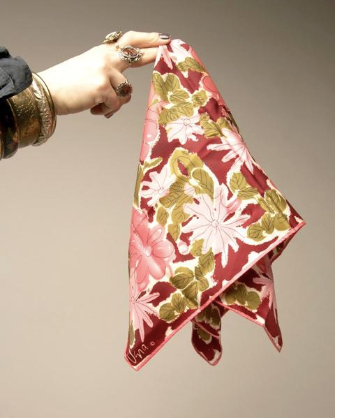
Pioneering the Scarf Industry
Pioneering the Scarf Industry By Paige McKirahan Seeing as how we have already learned the history behind the magnificent accessory, we begun to wonder about the designers who paved the...
Pioneering the Scarf Industry
Pioneering the Scarf Industry By Paige McKirahan Seeing as how we have already learned the history behind the magnificent accessory, we begun to wonder about the designers who paved the...
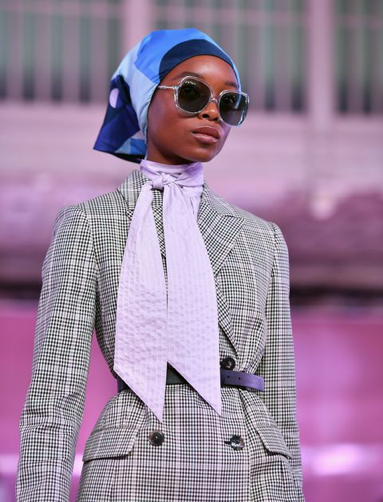
The SS ’19 Fashion Month Scarf Revival
The SS ’19 Scarf Revival By Paige McKirahan Is the impending cold weather giving you the winter blues before the season has even begun? Are you already scrambling to find...
The SS ’19 Fashion Month Scarf Revival
The SS ’19 Scarf Revival By Paige McKirahan Is the impending cold weather giving you the winter blues before the season has even begun? Are you already scrambling to find...
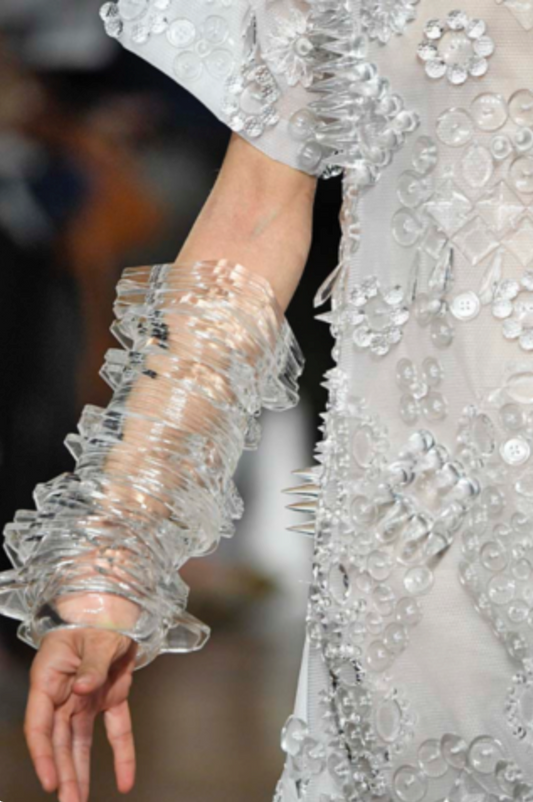
Paris Fashion Week SS’19 Accessories Trend Spot...
Paris Fashion Week SS’19 Accessories Trend Spotlight By Paige McKirahan Hello, fashion week aficionados! As a month of fabulous spring and summer fashion is finally coming to a close,...
Paris Fashion Week SS’19 Accessories Trend Spot...
Paris Fashion Week SS’19 Accessories Trend Spotlight By Paige McKirahan Hello, fashion week aficionados! As a month of fabulous spring and summer fashion is finally coming to a close,...
